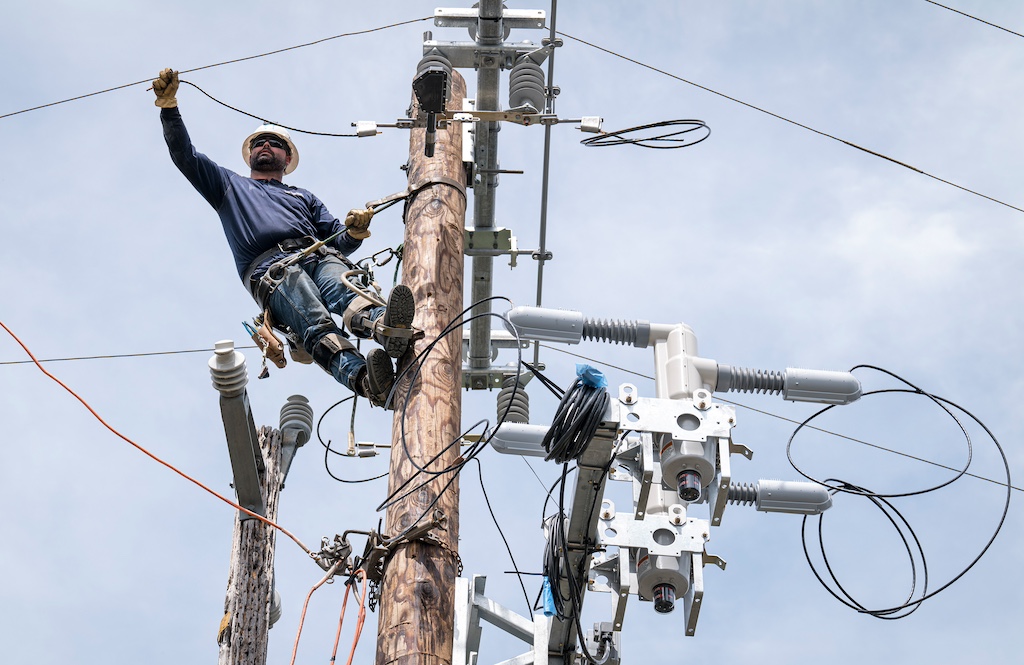Review of Democracy in Power: A History of Electrification in the United States by Sandeep Vaheesan (University of Chicago Press, 2024)
What do socialists mean when they call for economic democracy? In socialism’s early history, the answer was relatively straightforward: it started with the workers. The Fabian socialists Sidney and Beatrice Webb argued that the labor and trade union movement promised to usher in a new era of “industrial democracy.” The logic was that “every cook can govern,” and that it was the workers who had the knowledge and skills to best manage production.
It was also taken for granted that the “industrial” part of industrial democracy meant that governing production was an immensely complex and technical affair entailing science, machines, and automated systems. Liberals like John Kenneth Galbraith argued in The New Industrial State (1967) that industrial production itself had become so technologically complicated — he called it a “technostructure” — it made state planning a virtual necessity.
But just after Galbraith made these arguments, new “postindustrial” visions of economic democracy rose to supplant the old. First, spurred by Ralph Nader, democracy was imagined as the product of citizen-consumers coalescing into movements meant to regulate unchecked corporate power. In Unsafe at Any Speed, Nader showed how cost-cutting auto capitalists refused to invest in the simplest of safety belts unless the state forced them to do so. Similarly, channeling the long-standing anti-monopoly tradition, in the 1970s, many blamed the “oil monopolies” for unfairly gouging consumers. The consumer interest was often equated with the public interest.
Second, the…
Auteur: Matt Huber

